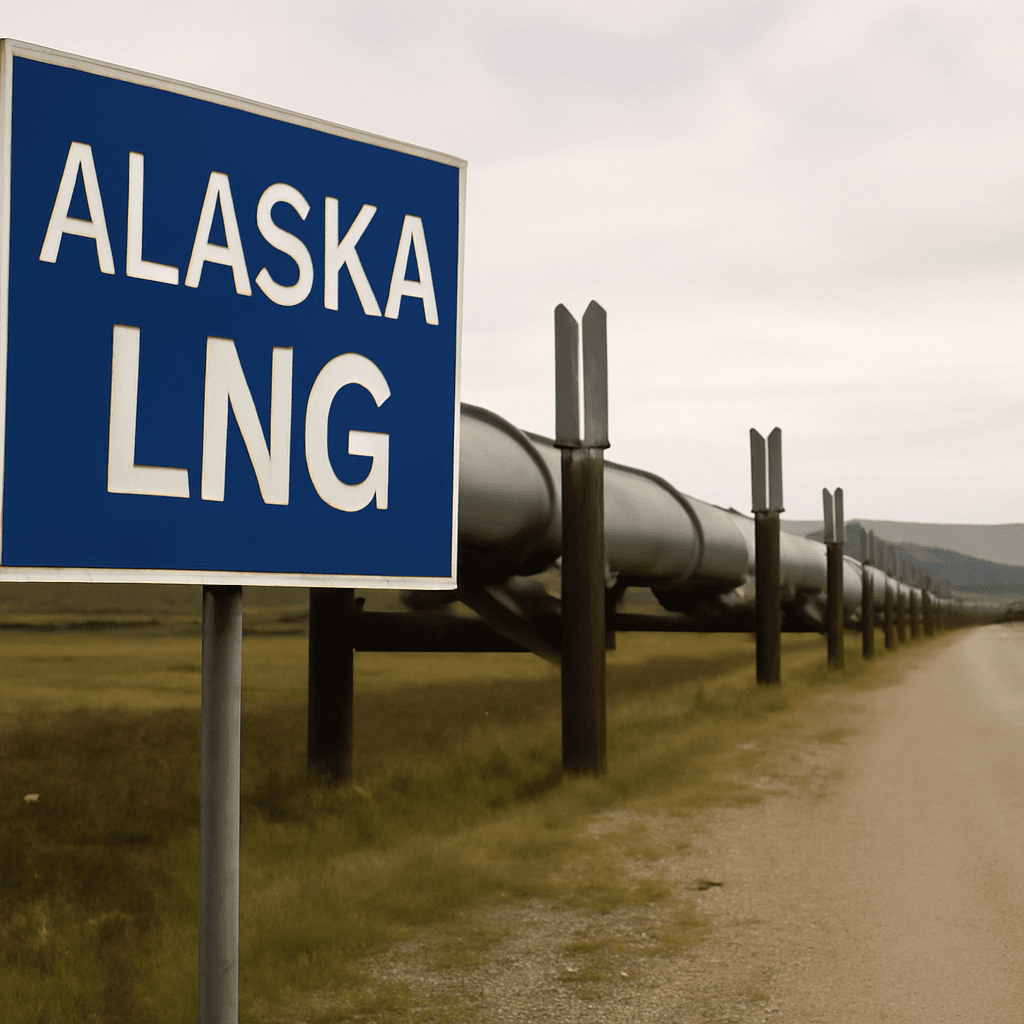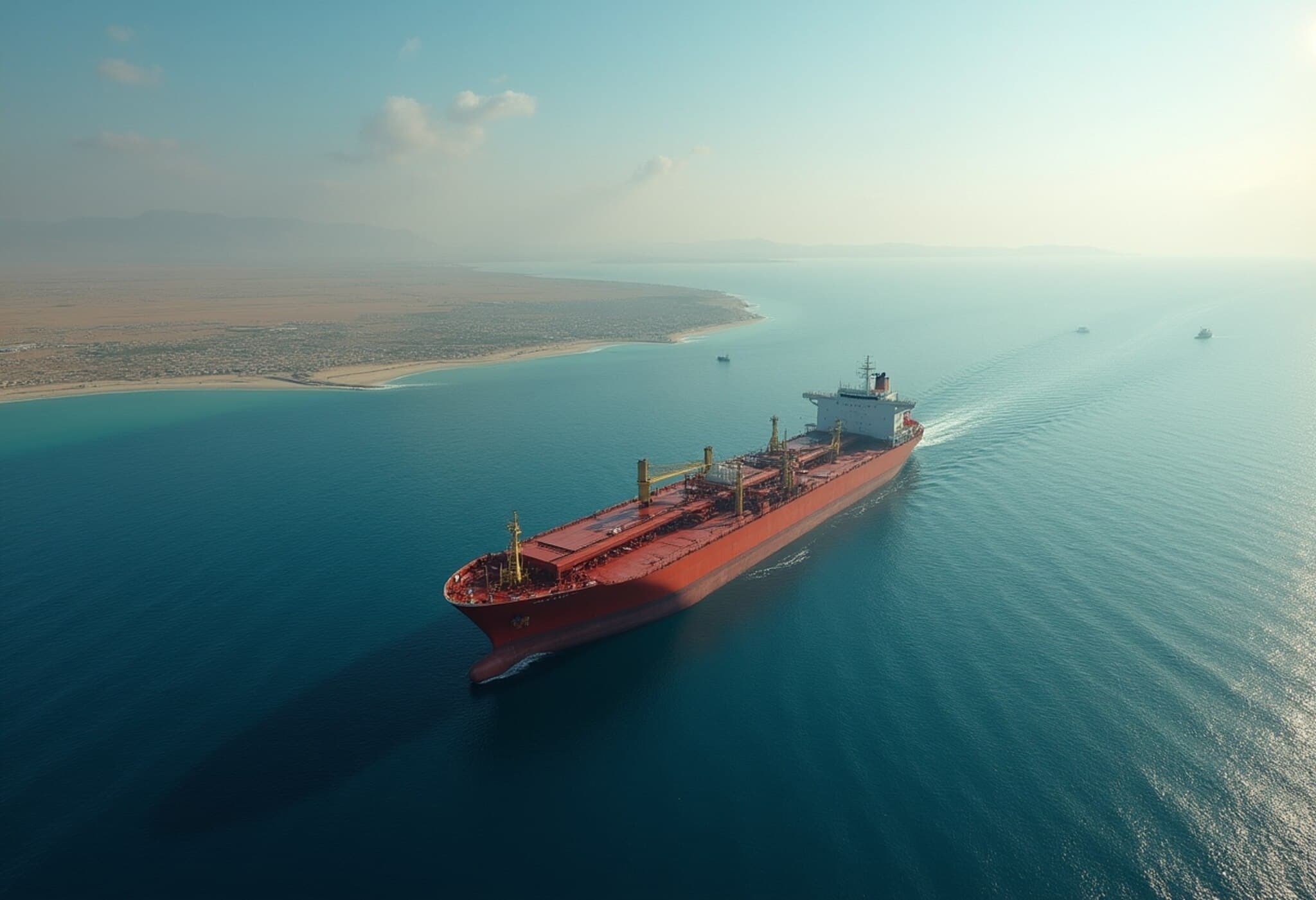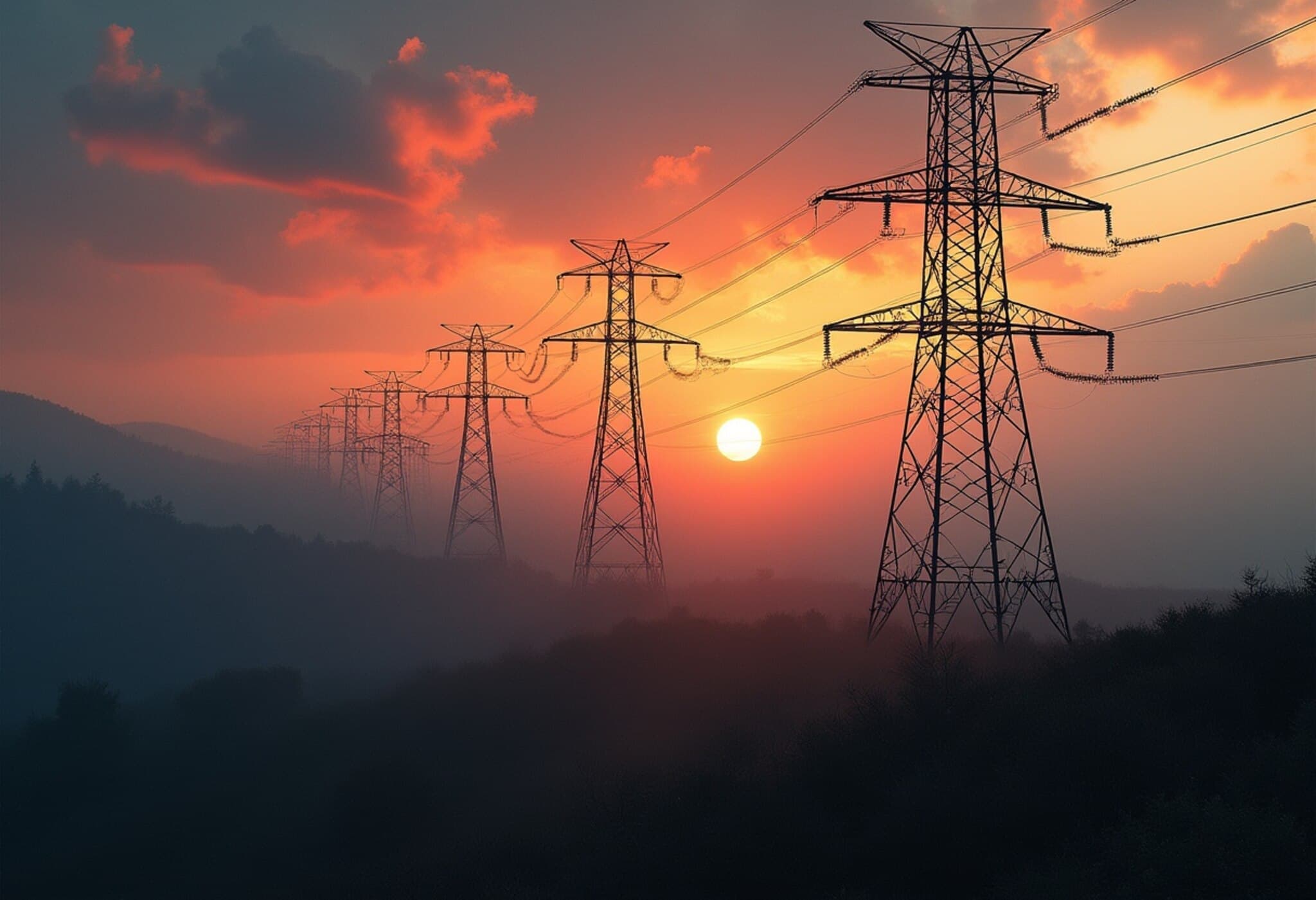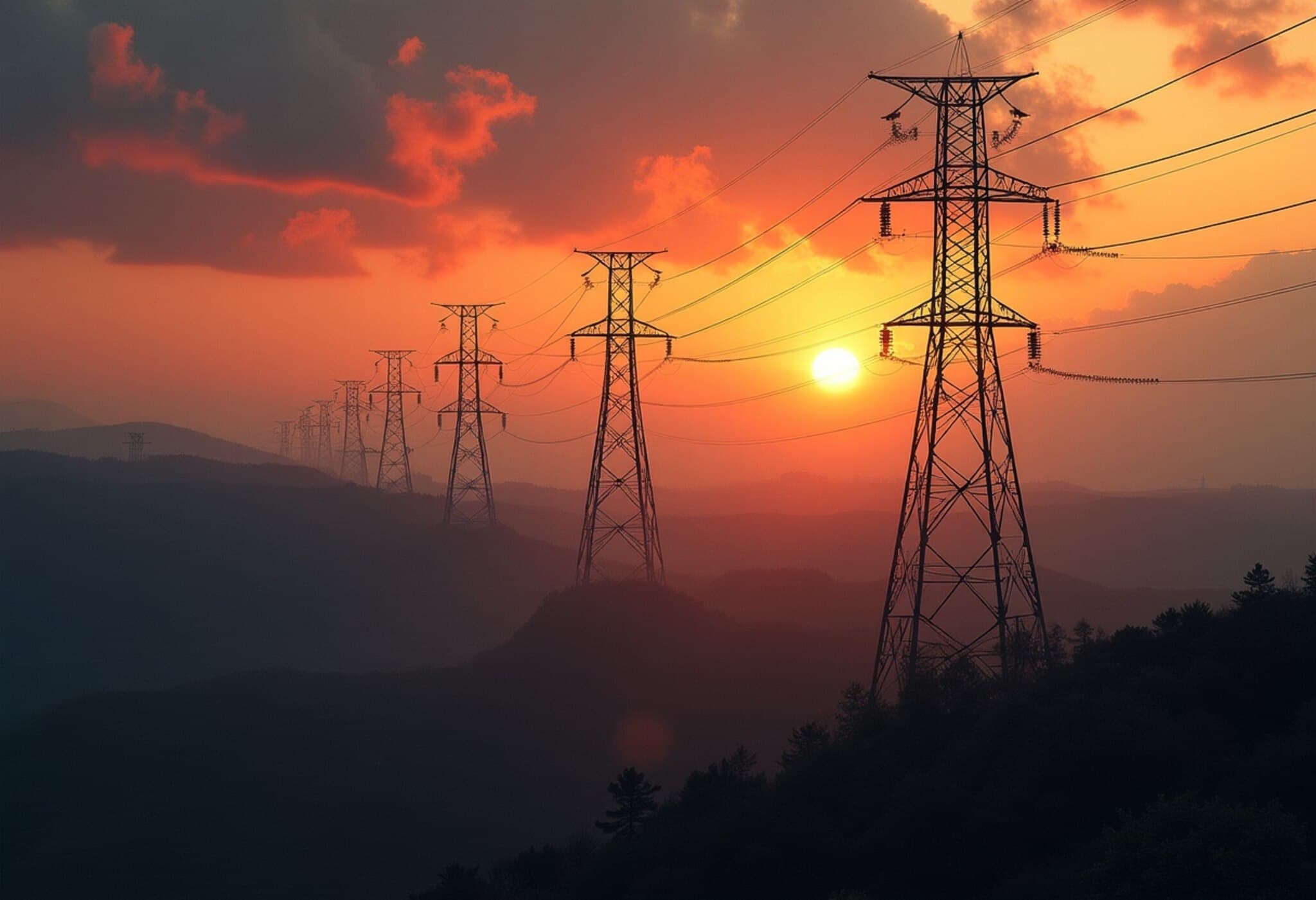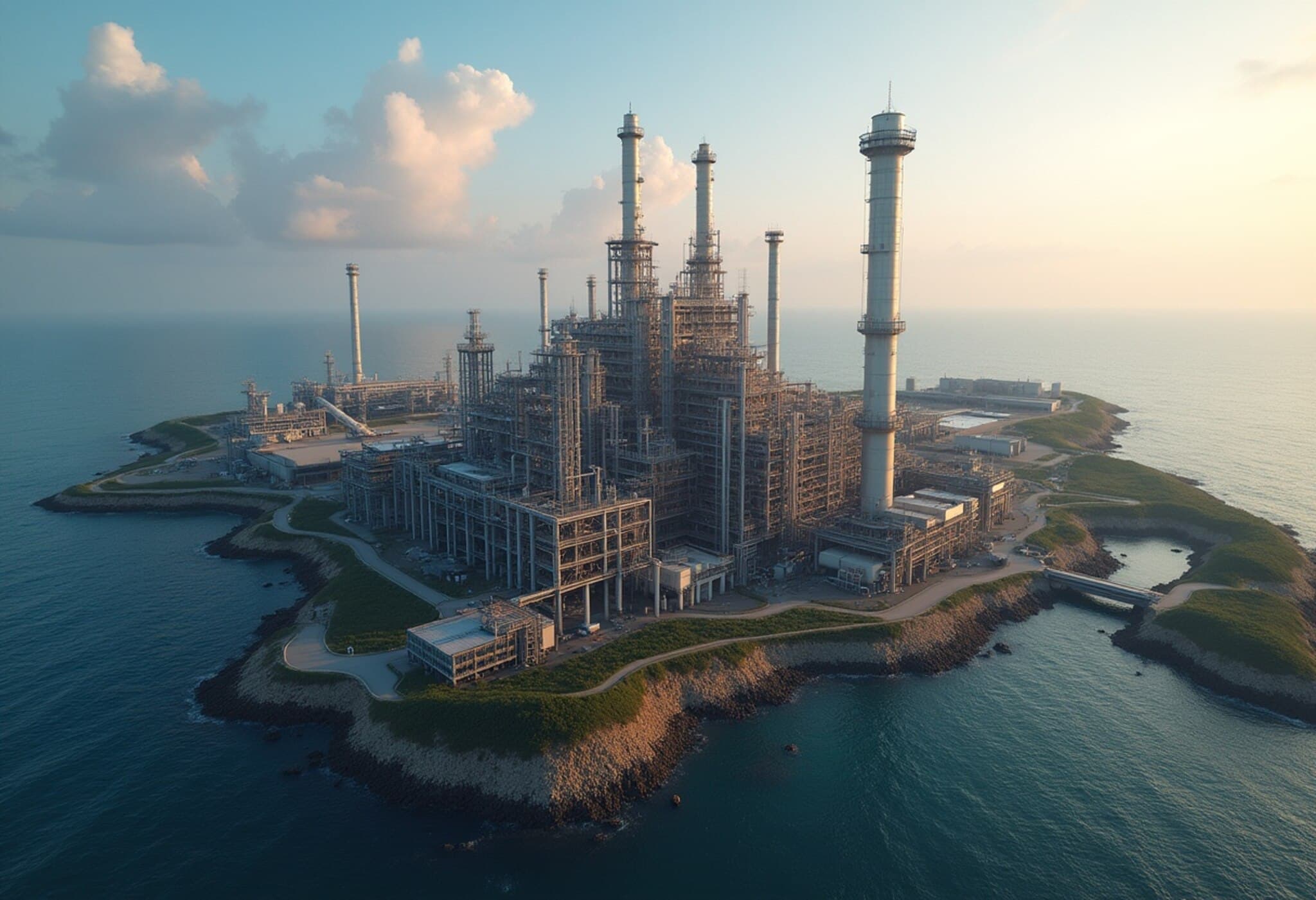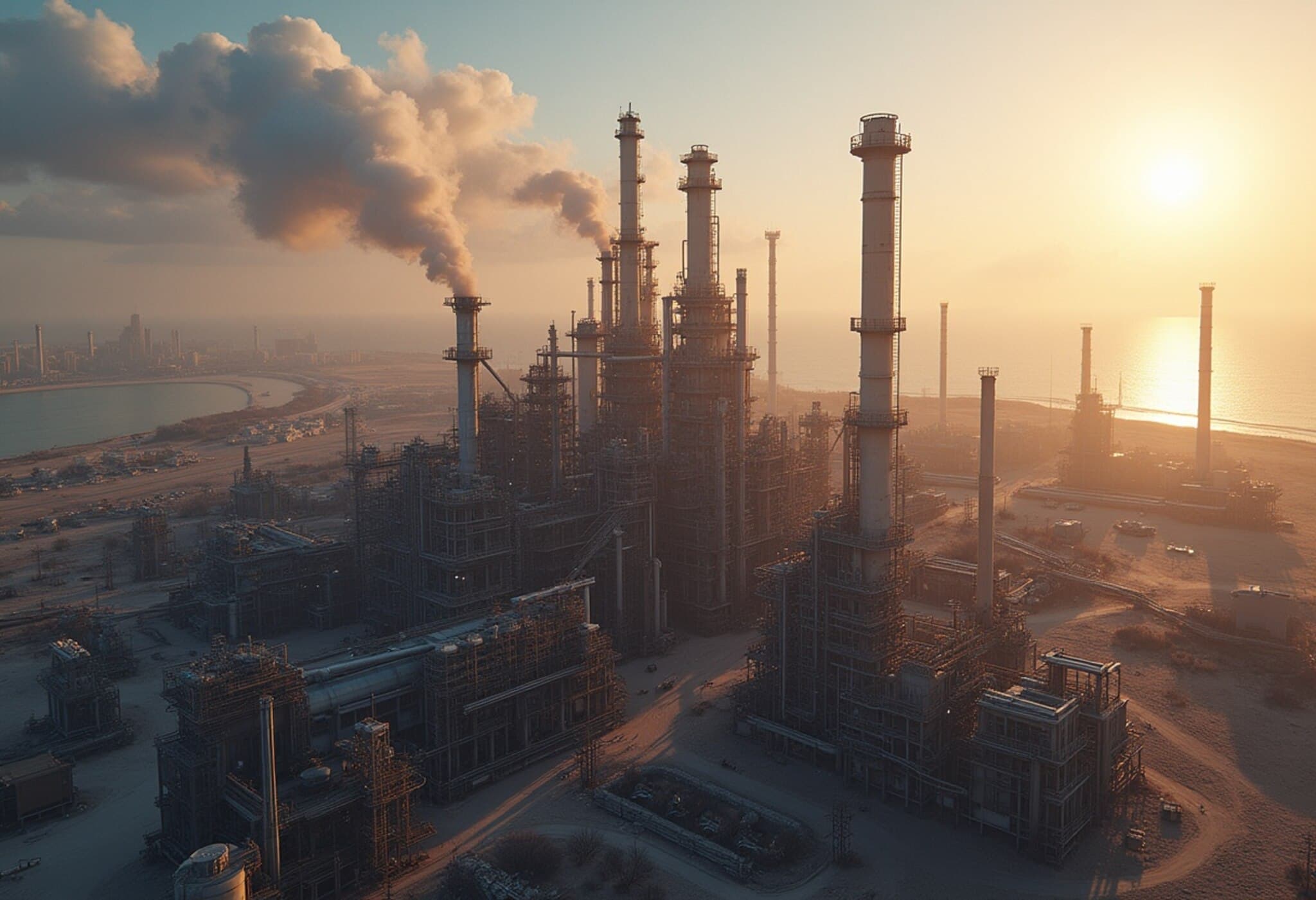Overview of Alaska LNG Project and Government Support
The Trump administration remains optimistic about attracting investors for a substantial liquefied natural gas (LNG) initiative in Alaska, despite its significant cost challenges. The project, known as Alaska LNG, involves constructing an 800-mile pipeline extending from the North Slope above the Arctic Circle to the Cook Inlet, where natural gas will be liquefied for export, primarily targeting key Asian markets.
Investment Challenges and Government Strategy
Alaska LNG has faced prolonged delays, chiefly due to its considerable estimated cost exceeding $40 billion. To overcome financial obstacles, the administration has actively engaged Asian countries, including Japan and South Korea, encouraging them to invest in the project. There have been indications that trade policies, such as tariff adjustments, might influence these investment discussions.
Energy Secretary Chris Wright emphasized that securing commercial buyers or offtakers is crucial for straightforward financing. He highlighted international efforts to reduce trade deficits with the U.S., suggesting that purchasing American energy could serve as an effective solution.
Industry Skepticism
Despite governmental enthusiasm, experts remain cautious. Analysts point out that Alaska LNG lacks a robust commercial rationale, noting the project’s decades-long stagnation without solid commercial momentum.
Phased Development and Strategic Importance
The pipeline construction is planned in stages, initially focusing on meeting Alaska's domestic natural gas needs amid dwindling local supplies. Interior Secretary Doug Burgum noted the Department of Defense’s readiness to support the project through offtake agreements, aiming to supply strategic military bases in Alaska.
Burgum also highlighted operational advantages of the Alaska LNG route, including an estimated eight-day shipping period to Japan, substantially faster than the 24-day transit from U.S. Gulf Coast LNG exports navigating the congested Panama Canal. Additionally, the project’s route would avoid contested maritime zones such as the South China Sea, enhancing supply security.
Project Timeline and Development Updates
Secretary Wright acknowledged that potential Asian investors have concerns regarding the project’s timeline and logistical arrangements. Current projections indicate that LNG deliveries to southern Alaska could begin between 2028 and 2029, with exports to Asian markets commencing in the early 2030s.
The project's lead developer, Glenfarne Group—a privately held energy infrastructure company based in New York City and Houston—expects a final investment decision within the next six to twelve months, focusing initially on the pipeline segment connecting the North Slope to Anchorage.

